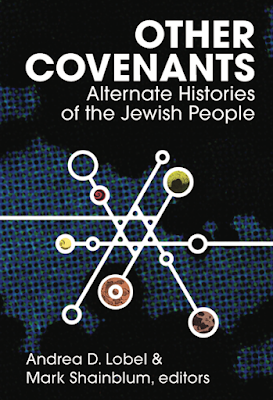A Counterfactual First? The Upcoming “Roads Not Taken” Exhibit in Berlin
In recent years, counterfactual history has found expression in historical monographs, journalistic op-eds, novels, short stories, films, television shows, radio programs, theatrical plays, graphic novels, works of art, and internet memes.
Can it also be the subject of a museum exhibit?
We’re about to find out in December, when the German Historical Museum (Deutsches Historisches Museum) in Berlin opens the exhibition, “Roads not Taken. Oder: Es hätte auch anders kommen können” (It Could Have Turned Out Differently).
Curated by historian Dan Diner with support from the Alfred Landecker Foundation, the exhibit – according to the DHM website -- will examine
“14 caesuras in German history from 1989 to 1848” and “set [them] against the backdrop of other options and other possible outcomes, laid out as a chain of pivotal and often dramatic turning points. This unusual speculative approach raises inextricable questions about underlying or even engrained patterns, but also the importance of key decision-makers and political figures and the role of chance in shaping the course of history. The exhibition’s primary goal is to help visitors see the familiar from a new angle and to sharpen an awareness that history is not ‘a closed book’ but essentially an open process.”
In pursuing these goals, the exhibit marks something of a milestone by making counterfactual history the explicit subject of a museum exhibit. To be sure, “what ifs” have been explored in exhibits on never-realized works of architecture and city planning schemes in cities like London, Amsterdam, Munich, New York City, Los Angeles, and Washington, D. C. (See “Never Built New York” (2017); “Never Built Los Angeles” (2013); “Unbuilt Washington” (2011); and München wie geplant” (2004).
But counterfactual history itself was less foregrounded in these exhibits.
Whether or not counterfactual history allows itself to be effectively depicted in artifacts, museum display cases, and textual captions remains to be seen. But it is an encouraging sign for the increasingly mainstream status of counterfactual history that curators have deemed historical speculation to be an appealing draw for the museum-going public.
I hope to make it to Berlin in the coming year and see for myself.



Comments